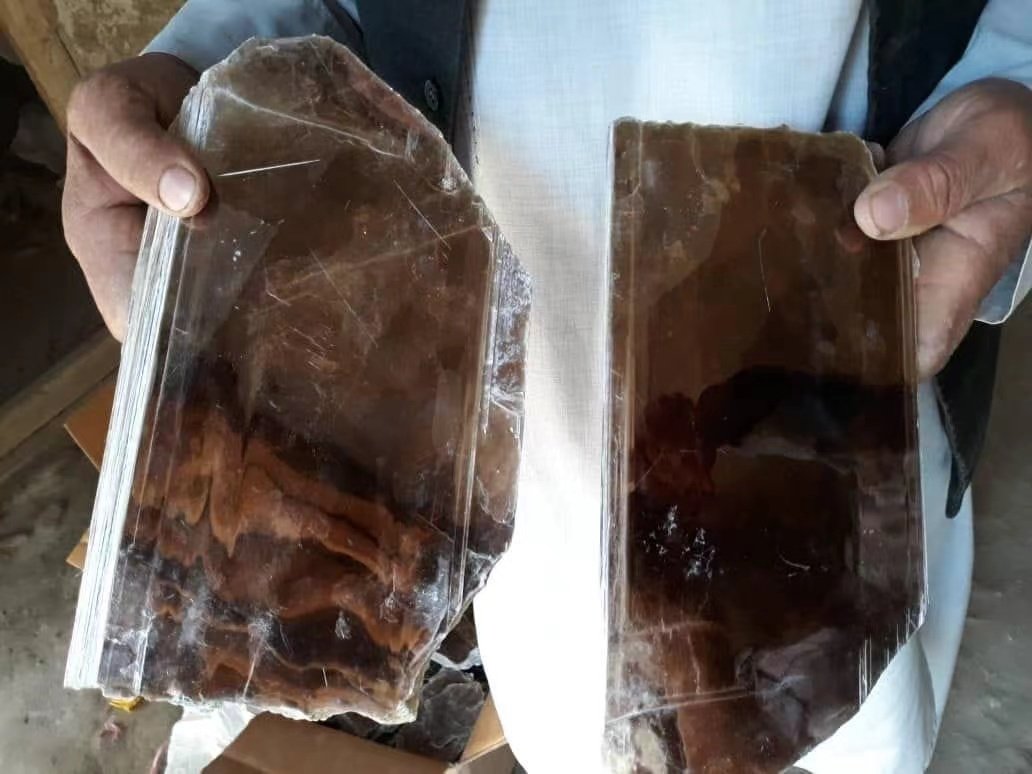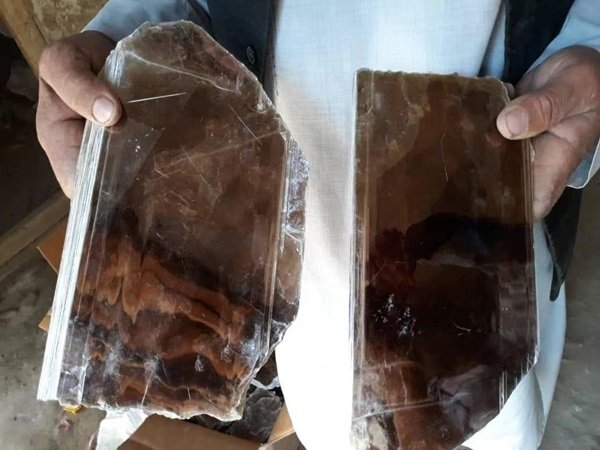Mica is a fascinating mineral that has garnered attention for its unique properties and wide range of applications. In this article, we’ll delve into the nature of mica, explore its characteristics, discuss its geological formation, and examine its various uses. We’ll also provide some insights into sourcing mica and the different types available in the market today.

What Is Mica?
Mica is not a single mineral but a group of silicate minerals characterized by their layered, sheet-like structure. It is primarily composed of aluminum, magnesium, and potassium, along with other elements like iron and lithium. Mica is well-known for its excellent electrical insulation, thermal stability, and resistance to moisture, making it a valuable material across various industries.
Types of Mica
Mica is generally categorized into two main types:
- Phlogopite: This type is typically brownish or golden and contains magnesium. It is commonly used in electrical insulation and fire-resistant materials.
- Muscovite: This variety is colorless to pale yellow or green and is more prevalent in commercial applications. It is often used in cosmetics, paints, and construction materials.
Geological Formation of Mica
Mica forms under specific geological conditions, typically within metamorphic rocks. Here are some key points regarding its formation:
H3: Origin and Environment
- Metamorphic Processes: Mica originates from the alteration of feldspar and other minerals during the metamorphic process. This transformation occurs under high temperature and pressure conditions.
- Granite Formation: Mica is commonly found in granite, a type of igneous rock. During the cooling process of magma, mica can crystallize and form within the granite.
H3: Physical Properties
Mica is known for its unique physical properties, which include:
- Layered Structure: The thin, flexible sheets can be easily split into thin layers, allowing for various applications.
- Transparency: Mica sheets can be translucent, making them useful in applications requiring light transmission.
- Chemical Stability: Mica exhibits excellent resistance to chemical degradation, further enhancing its usability.
Uses of Mica
Mica’s versatile properties make it a sought-after material in various industries. Here are some common applications:
H3: Electrical and Electronics
- Insulation: Mica is widely used as an insulating material in electrical devices due to its high dielectric strength.
- Capacitors: Mica capacitors are known for their reliability and stability, especially in high-frequency applications.
H3: Construction Materials
- Joint Compounds: Mica is often added to joint compounds and other construction materials to improve their workability and durability.
- Fireproofing: Its thermal stability makes mica suitable for fire-resistant materials.
H3: Cosmetics
- Makeup Products: Mica is a common ingredient in cosmetics like eyeshadows and highlighters, adding shimmer and shine to the products.
H3: Automotive and Aerospace
- Gaskets and Seals: Mica is used in gaskets and seals for its resistance to heat and chemicals, ensuring durability in automotive and aerospace applications.
Sourcing Mica
H3: Global Production
Mica is mined in several countries worldwide, with notable sources including:
- India: The largest producer of mica, supplying a significant portion of the global market.
- Brazil: Known for high-quality mica, often used in specialty applications.
- China: Produces various types of mica for industrial uses.
H3: Ethical Considerations
Sourcing mica responsibly is crucial, as some mining practices have raised ethical concerns. It’s important to seek suppliers who prioritize sustainable practices and ensure fair labor conditions.
Common FAQs about Mica
H3: What Are the Main Types of Mica?
- Phlogopite and Muscovite are the two primary types of mica, each with unique properties and applications.
H3: Is Mica Safe to Use in Cosmetics?
- Yes, mica is generally regarded as safe for cosmetic use. However, it is essential to choose products from reputable brands that source mica responsibly.
H3: How Is Mica Processed for Use?
- Mica is extracted from mines, then processed to remove impurities. It is often ground into a fine powder or cut into sheets for various applications.
Final Toughts
Mica is a remarkable mineral with diverse applications across multiple industries. Understanding its properties, formation, and uses can help you appreciate its significance in both everyday products and specialized applications. Whether you’re sourcing mica for construction, cosmetics, or electrical insulation, knowing the different types and ethical considerations can ensure you make informed choices.
| Type of Mica | Color | Common Uses |
|---|---|---|
| Phlogopite | Brownish | Electrical insulation, fire-resistant materials |
| Muscovite | Colorless | Cosmetics, paints, construction materials |
This comprehensive guide aims to provide you with valuable insights into mica, its properties, and its importance in various industries. If you have any more questions about mica or need assistance in sourcing mica products, feel free to reach out!

